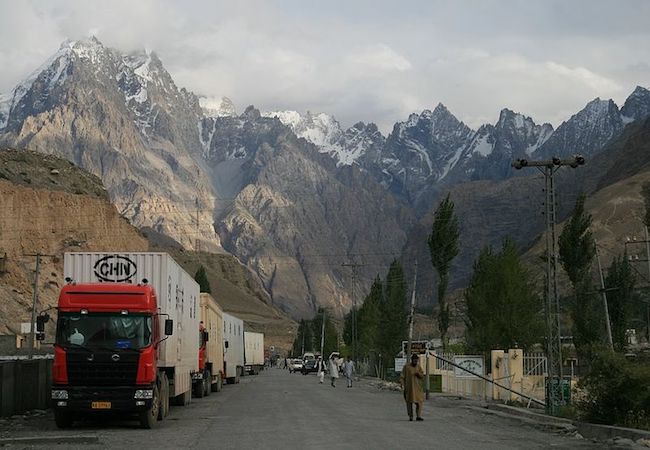
By Sabah Aslam
It has been almost six years now, since CPEC was first conceived and approximately four years since the mega project became a ground reality. So far, the project has ushered long lasting and positive results for both, Pakistan and China. Its first phase of early harvest projects worth USD 18.9 billion is almost complete as you read this now and the results are in front of all. The long-prevailing energy has been resolved to a very large extent and there are just a few lagging now and then. In fact, it was this energy short fall that Pakistan had been facing for almost a decade now and which caused industries to avert Pakistan land and flee to neighboring countries.
Back in 2015, Woodrow Wilson international center for scholars had issued a book in which the growing energy crisis of that time was addressed. The report had clearly stated that energy shortfall had already soared up to as much as 8,000 MW. However, according to the recent release of information by the power division of energy, presently, the country is facing zero energy shortfall. Moreover, it also informed that in the present times, the power demand in the country is around 19,000 MW while the generation capacity is as much as 20,300 MW approximately.
Initially, when multi-billion dollars project started with USD 46 billion, keeping in view then energy crisis, around USD 35 billion was primarily allocated to the energy sector. The early harvest projects were mostly energy aimed at producing more than 17,000 MW which they did and so Pakistani nation is no more suffering more intense blackouts. This somehow has cushioned the reservations of the industrialists.
Apart from energy sector infrastructural development was also one of key aspects of CPEC. Early harvest projects also focused on infrastructural development. Fruits of CPEC also has brought major infrastructural developments to Pakistan. Development of road and rail network has been going on with full pace. Sukhar- Multan section of Karachi-Lahore motorway has been completed whereas Havelian-Thakot section of KKH Phase-II is near to its completion. Moreover, upgradation of ML-1 is also underway. Within the time span of around 5 years, infrastructural development has provided more than 51,000 job opportunities out of which 48,000 were reserved for the locals. Gwadar port has altogether taken a new look with port roads, storage yards, equipment for loading and unloading, oil supply and port monitoring systems have improved a lot. The Gwadar- Middle East Express is already functional.
Despite what the propaganda states, CPEC today is in its full swing, co-operations in almost all possible sphere of lives are done, be it energy, infrastructure, agriculture, industry or any other. Recently the second Free Trade Agreement Phase II signed between the two countries has opened new avenues of prosperity for Pakistan. Not just that, Pakistani goods are offered to be exhibited free of cost at international fair by Chinese supply chain companies. This will once again give boost to Pakistan’s imports. Industrial cooperation is also on the rise as Chinese city Xuzhao has signed an MoU with KP government for strengthening industrial assistance. The Board of Investment and national Development and Reform Commission is also playing their part.
Recently Consul general of china Wang Yu said that there will be 27 new projects in the second phase of China -Pakistan Economic Corridor (CPEC). Work on these new projects will begin by the end of this year. Consul general added that “agriculture, education, vocational training, industry, increase in water supply, etc, are all part of our plans for the next phase.” This is a perfect response to all such narratives which were surfacing as CPEC is no more. The truth is CPEC is more and there is more to come. As the CPEC grows it vows to strengthen the bond between iron brothers.
The ending of first phase of CPEC is just a beginning of renaissance for Pakistan. There is more to come. Dawn of second phase of CPEC is just around the corner and it will be focused on socio-economic development. Masses in Pakistan have already been witnessing the benefits of CPEC whether it is their daily life or in their economic cycle yet there is more to come. CPEC no doubt is the game changer and with peace prevailing will play a very vital role in putting Pakistan to the road of progress.
Sabah Aslam is the Founder & Executive Director of Islamabad Institute of Conflict Resolution (IICR), and member visiting faculty Dept. of Peace & Conflict Studies, NUML, and School of Politics & IR, Quaid-I- Azam University, Islamabad.







